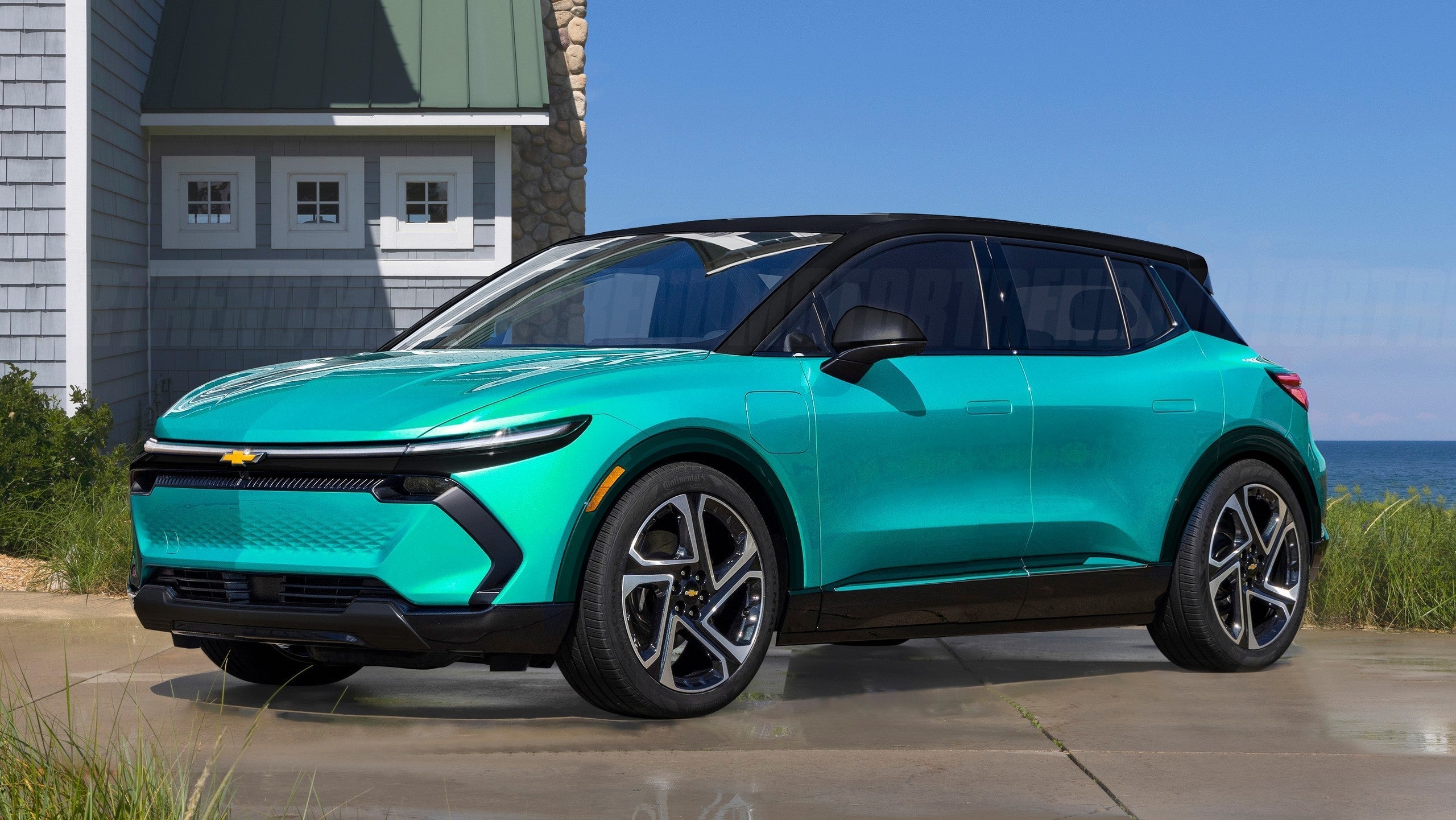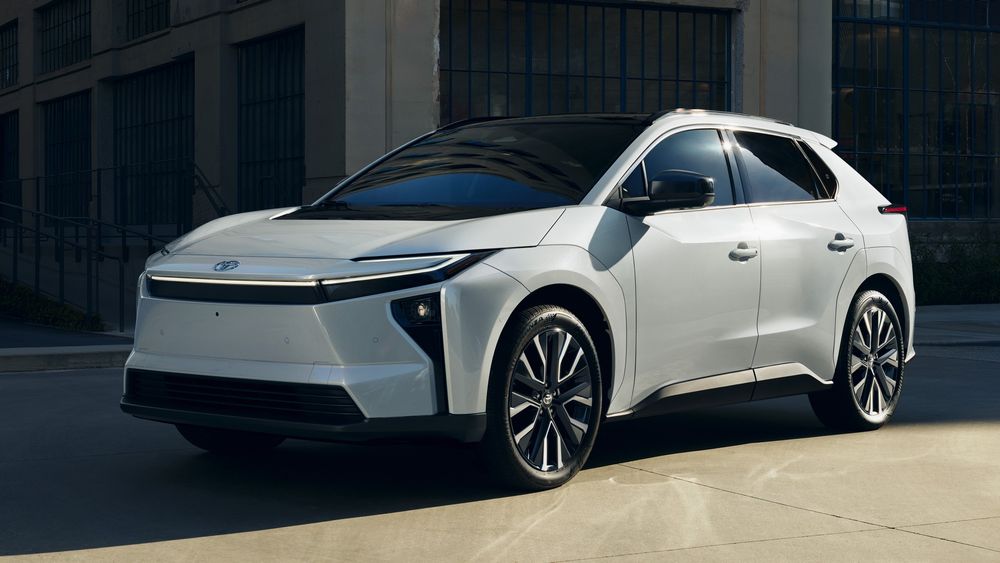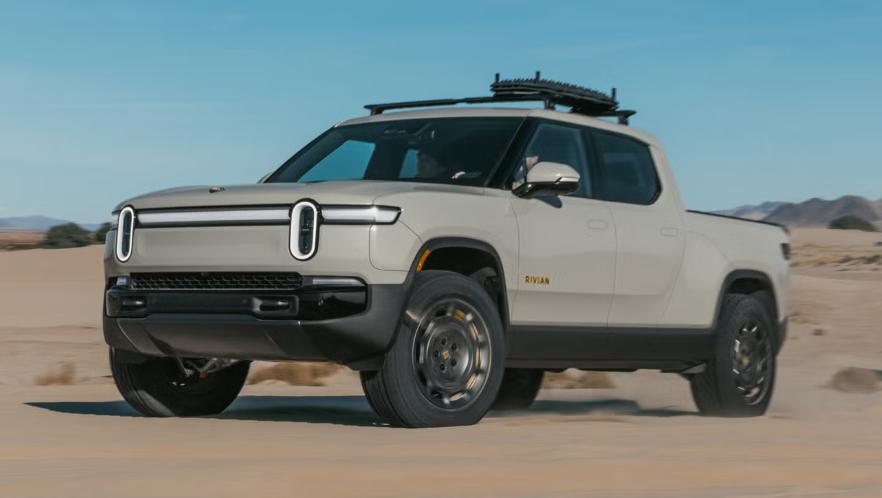A Familiar Name Returns With New Tech
The 2027 Chevrolet Bolt is preparing for a comeback, and this time it’s arriving with a fresh mix of features designed to appeal to mainstream buyers. GM confirmed that the new Bolt will include the North American Charging Standard (NACS) plug, ensuring seamless access to Tesla’s Supercharger network, along with a lithium-iron-phosphate (LFP) battery pack known for durability and cost efficiency. The SUV-like hatchback will also keep its affordable pricing target of around $30,000, putting it in direct competition with entry-level EVs from Nissan and Hyundai.
Design-wise, the 2027 Bolt is not expected to reinvent the wheel. Instead, Chevrolet is focusing on a refined, familiar look paired with the latest safety technologies, software updates, and driver-assistance features. In short, the Bolt is shaping up to be a practical, budget-conscious EV for everyday drivers.

GM Tempers Expectations on Production
Despite the excitement surrounding the Bolt’s return, General Motors is signaling caution. According to a Bloomberg report, GM is initially planning to run only one production shift for the Bolt at its Kansas facility, instead of two. Similarly, its Tennessee plant, which builds the Cadillac Lyriq and Vistiq, will experience downtime in December before reducing from two shifts to one in January 2026.
GM explained the move as “strategic production adjustments in alignment with expected slower EV industry growth and customer demand.” In plain terms, GM wants to avoid overproducing EVs as the market cools down following the expiration of the $7,500 federal EV tax credit on September 30, 2025.

Waiting Out the Market Shift
Even as GM celebrated record EV sales in August—with more than 21,000 units sold—company executives admit they’re bracing for a slowdown. Duncan Aldred, GM’s North American president, recently stated:
“There’s no doubt we’ll see lower EV sales next quarter after tax credits end, and it may take several months for the market to normalize. We will almost certainly see a smaller EV market for a while, and we won’t overproduce.”
That philosophy explains why GM is starting small with the Bolt. Rather than flooding dealerships, the company appears content to measure demand first, especially in a post-tax-credit environment.
The Affordability Advantage
If GM’s cautious approach pays off, the 2027 Bolt could still emerge as a bright spot in its lineup. Affordability has been the Bolt’s calling card since its introduction, and many buyers still see value as the single biggest barrier to EV adoption.
Priced around $30,000, the Bolt could be attractive even without tax credits—particularly if it delivers a competitive driving range, fast charging speeds, and solid performance. This positioning could allow the Bolt to stand on its own merits, unlike higher-priced models that rely more heavily on subsidies and dealer incentives.
However, profitability remains an open question. The previous-generation Bolt was a loss leader for GM for much of its production cycle. GM has promised the new model will be profitable, but margins will likely remain slimmer than those of more premium EVs.

Industry-Wide Adjustments
GM is not the only automaker taking a conservative stance. The Bolt’s closest rival, the all-new Nissan Leaf, will debut at $29,900 and launch in what Nissan calls a “conservative and targeted” rollout, focusing on EV-friendly states like California and Colorado. This suggests both GM and Nissan expect a turbulent adjustment period once federal incentives vanish.
Other automakers, including Ford and Hyundai, have also adjusted output and incentives in anticipation of a softer market. Analysts warn that the next several months could be “rocky” for EV sales, with both buyers and automakers adapting to a new landscape without federal support.
The Road Ahead
The 2027 Chevy Bolt represents a cautious but hopeful step forward for GM. With its accessible price point, updated features, and proven appeal among mainstream drivers, it may be able to weather an uncertain market better than many competitors.
The next test lies in whether buyers will embrace EVs on their own merits—without the cushion of government subsidies. If they do, the Bolt could once again prove itself as one of America’s most important entry-level EVs.
Recommend Reading: GM Temporarily Halts Production of Hummer EV and Escalade IQ








Share:
Porsche Cayenne Electric to Debut in 2026 with Game-Changing Wireless Home Charging
Porsche EVs Get Early Access to Tesla Superchargers with NACS Adapter
1 comment
I am looking forward to the new Chevy bolt I can’t wait!